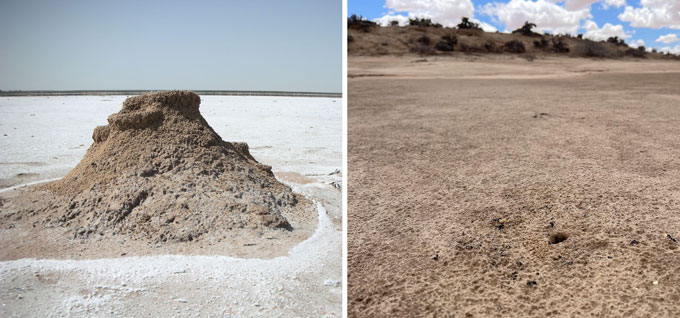These are our favorite animal stories of 2023
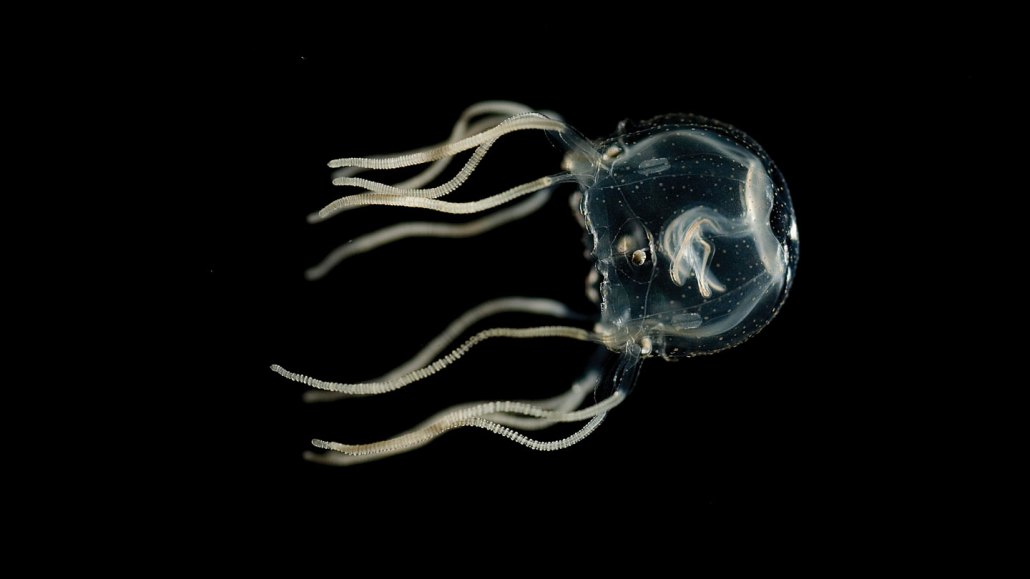
Even without a brain, the tiny Caribbean box jellyfish can learn to avoid obstacles, research revealed in 2023.
J. Bielecki
- More than 2 years ago
From birds repurposing antiavian architecture to jellyfish that can learn, here are dispatches from the animal kingdom that we went wild for in 2023.
Intelligent jellies
No brain? No problem. The fingernail-sized Caribbean box jellyfish (Tripedalia cystophora) uses its clusters of eyes and nerve cells to learn to avoid bumping into things, experiments in an aquatic obstacle course suggest (SN: 9/22/23). In the box jelly’s natural habitat, where the creature must swerve to dodge mangrove roots in murky water, it pays to be a good pupil.
Prehistoric pout
Tyrannosaurus rex’s menacing grin may have been less toothy than previously thought. Artistic renderings commonly depict the ravenous reptile as lipless, constantly baring its pearly whites. But T. rex may actually have had a pout that kept rows of pointy teeth covered, similar to Komodo dragons, an analysis of the skulls and teeth of dinosaurs and modern reptile suggests (SN: 4/22/23, p. 6).
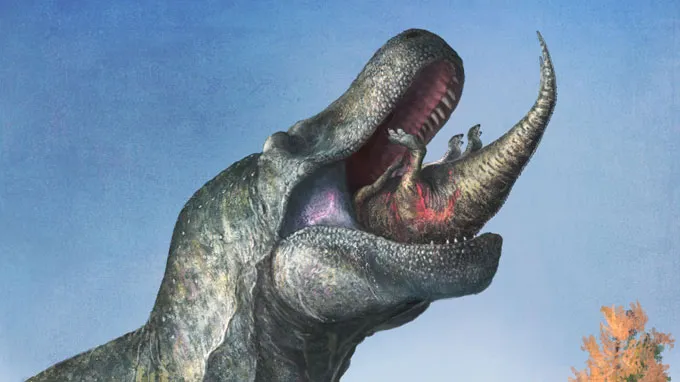
Revenge of the birds
City life can be hostile for birds. Municipalities across the world have put up spikes to prevent birds from roosting — and pooping — on streetlights, buildings and other structures. But some Eurasian magpies (Pica pica) and carrion crows (Corvus corone) in parts of Europe found a way to stick it to humans. The birds rip up antibird spikes and build nests with them (SN: 9/9/23, p. 4). Magpies may even use the spikes as humans do, to ward off avian pests.
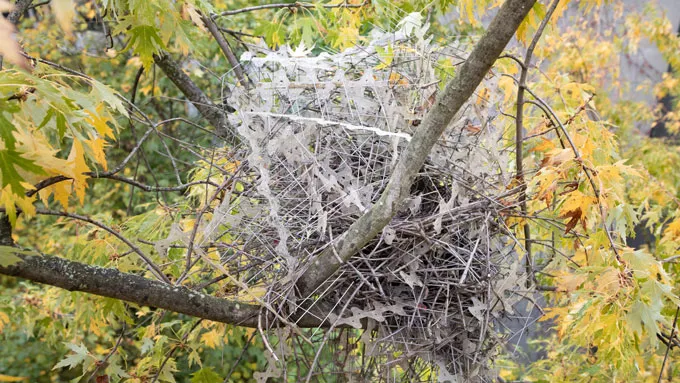
Swashbuckling spiders
Pirates on the high seas would be proud of their landlubbing arachnid counterparts. A species of cannibalistic pirate spider in Costa Rica tricks prey into walking the plank, right into its clutches (SN: 10/7/23 & 10/21/23, p. 11). Gelanor siquirres casts a silk thread to intercept that of an unsuspecting orb weaver trying to build a web. When the eight-legged victim scuttles across its own silk thread to secure the other end, the orb weaver finds impending doom rather than harmless vegetation.
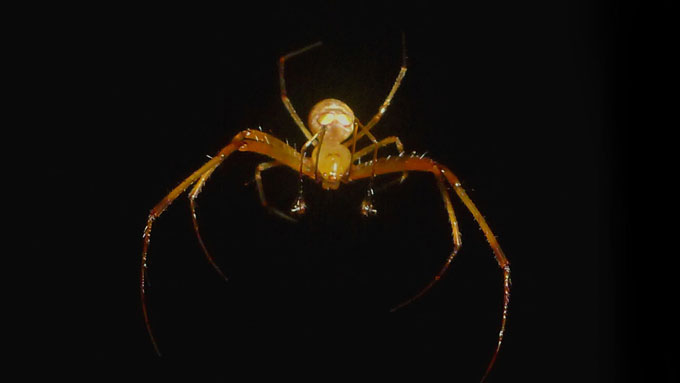
Desperate flies, desperate measures
Snow flies (Chinoea spp.) have a macabre method to survive the frigid mountains and forests they call home. Dozens of flies that researchers subjected to below-zero temperatures self-amputated their limbs, but only when the limbs began to freeze (SN: 7/15/23, p. 14). The flies probably shed the appendages to keep ice crystals from reaching the rest of the body.
Self-aware fish
When it comes to brainpower, this fish is no small fry. Not only can the bluestreak cleaner wrasse (Labroides dimidiatus) recognize itself in a mirror, the fish can also identify a picture of itself out of a lineup (SN: 3/11/23, p. 13). The finding suggests the wrasse forms a mental image of itself — similar to what humans do — and that self-awareness may be more common in the animal kingdom than once thought.
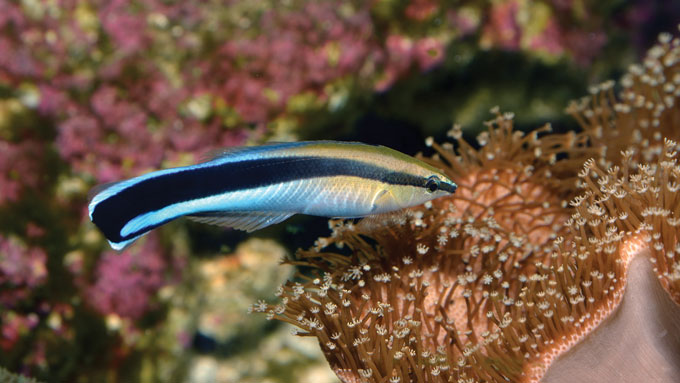
Tight-gilled sharks
Regulating body temperature in chilly water is a challenge even for scalloped hammerhead sharks (Sphyrna lewini). To stay warm while hunting in the deep ocean, the sharks use a method normally seen in diving mammals: They hold their breath (SN: 6/17/23, p. 10). Keeping gills closed holds in body heat, preventing the predators from becoming fish ice pops.
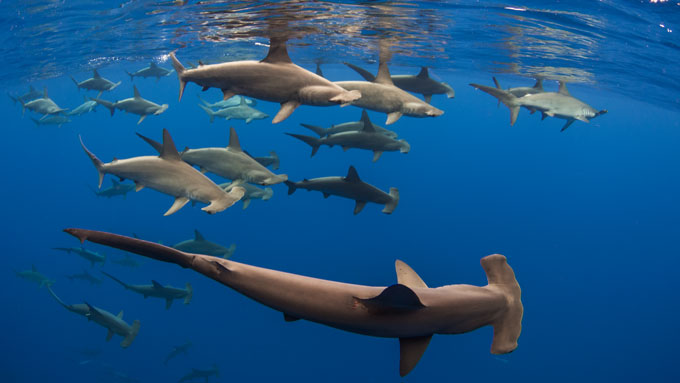
Big-mouthed snake
This African egg-eating snake redefines what it means to open wide. The Gans’ egg-eater (Dasypeltis gansi) can open its mouth wider than any other snake relative to its size, lab experiments suggest (SN: 10/7/23 & 10/21/23, p. 36). An egg-eater with a 1-centimeter-wide head could fit a cylinder 5 centimeters across in its mouth. The reptile edges out the previous record holder: the Burmese python (Python molurus bivittatus).
Disaster dogs
The irradiated zone around Ukraine’s Chernobyl Nuclear Power Plant might be off-limits for humans, but other animals didn’t get the memo. Packs of feral dogs that for years have roamed the area abandoned since 1986 are genetically distinct from canines of similar breeds that live outside the zone (SN: 4/8/23, p. 15). The differences probably aren’t due to radiation, researchers say. Whether Chernobyl’s radioactivity has had any effect on the dogs remains to be seen, but knowing their genetic makeup will help scientists spot potential radiation damage.

Landscaping ants
Many ants are expert navigators who use local landmarks to find their way around. But what’s an ant to do when the world around them is almost completely flat and featureless? Desert ants (Cataglyphis fortis) in Tunisia’s salt pans take matters into their own mandibles. Workers build tall mounds over their colonies’ nests so wayward foragers can find their way home (SN: 7/1/23, p. 16).
